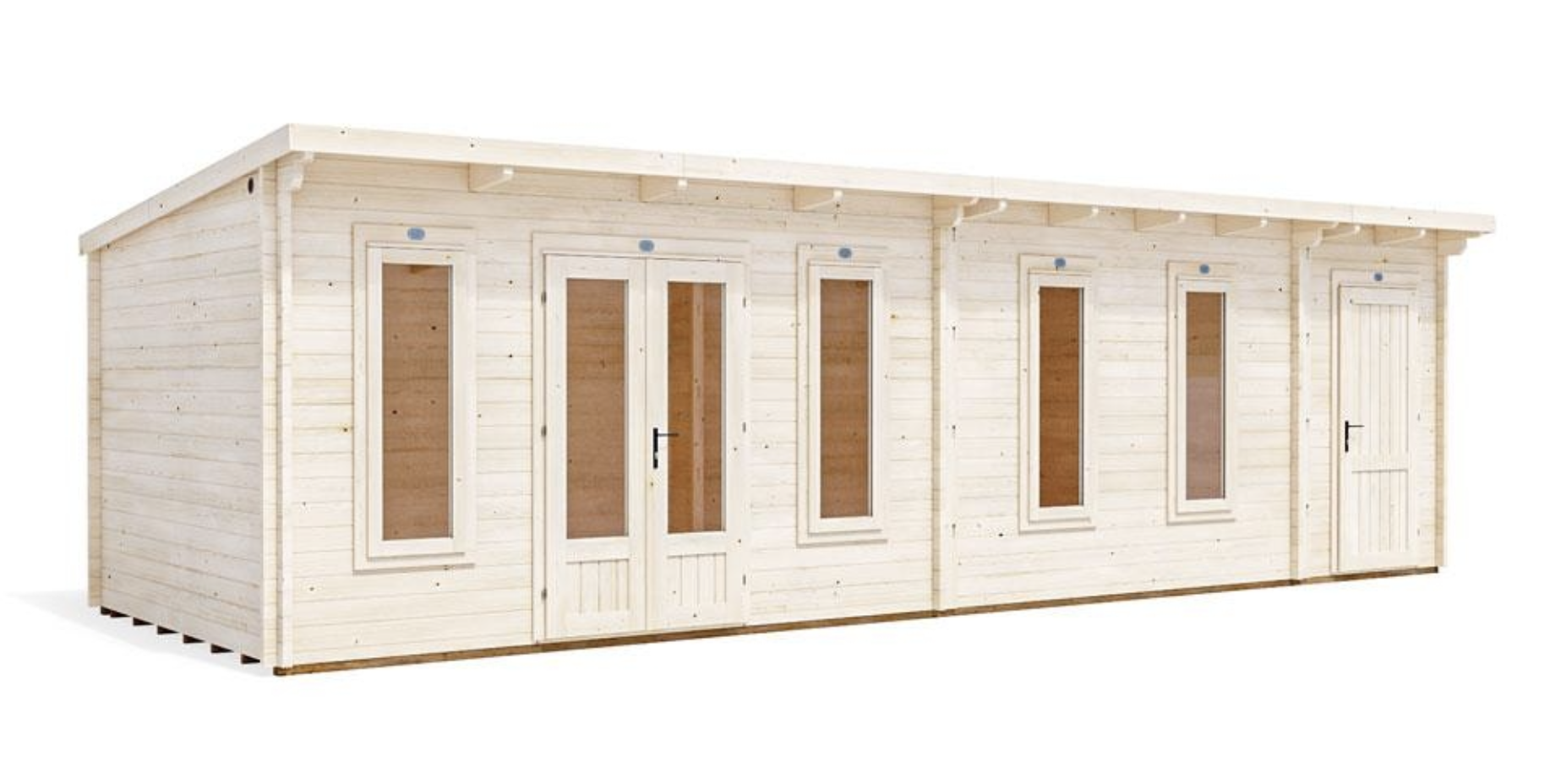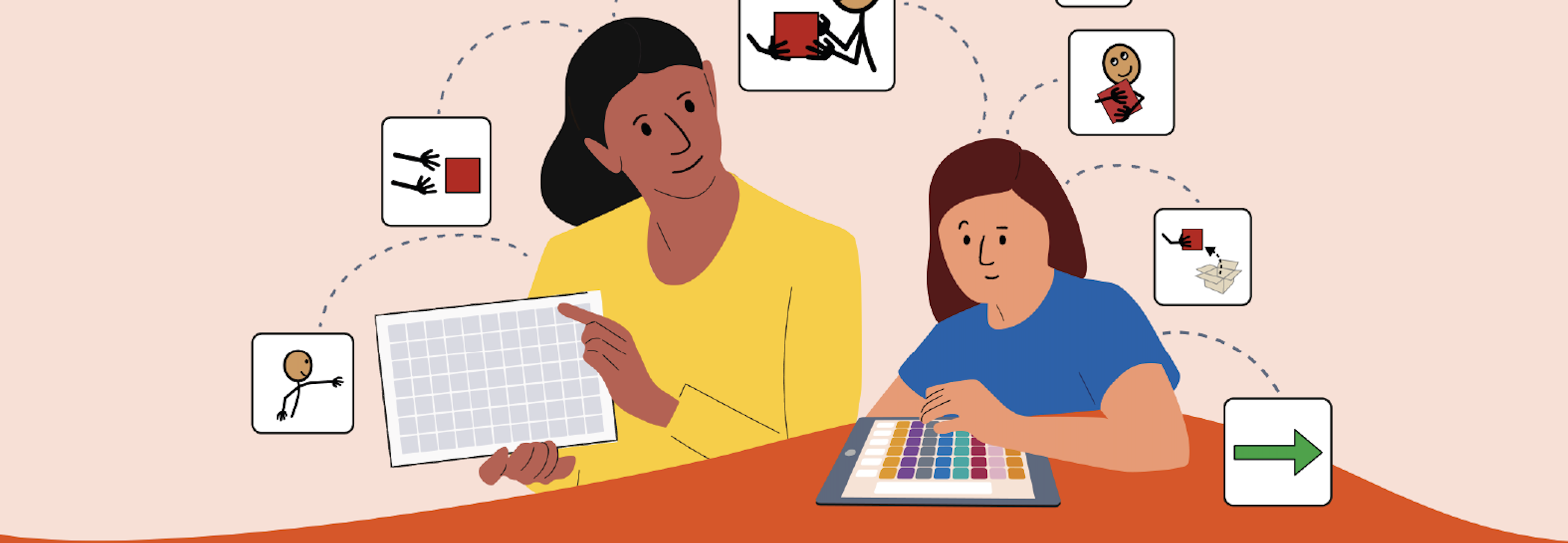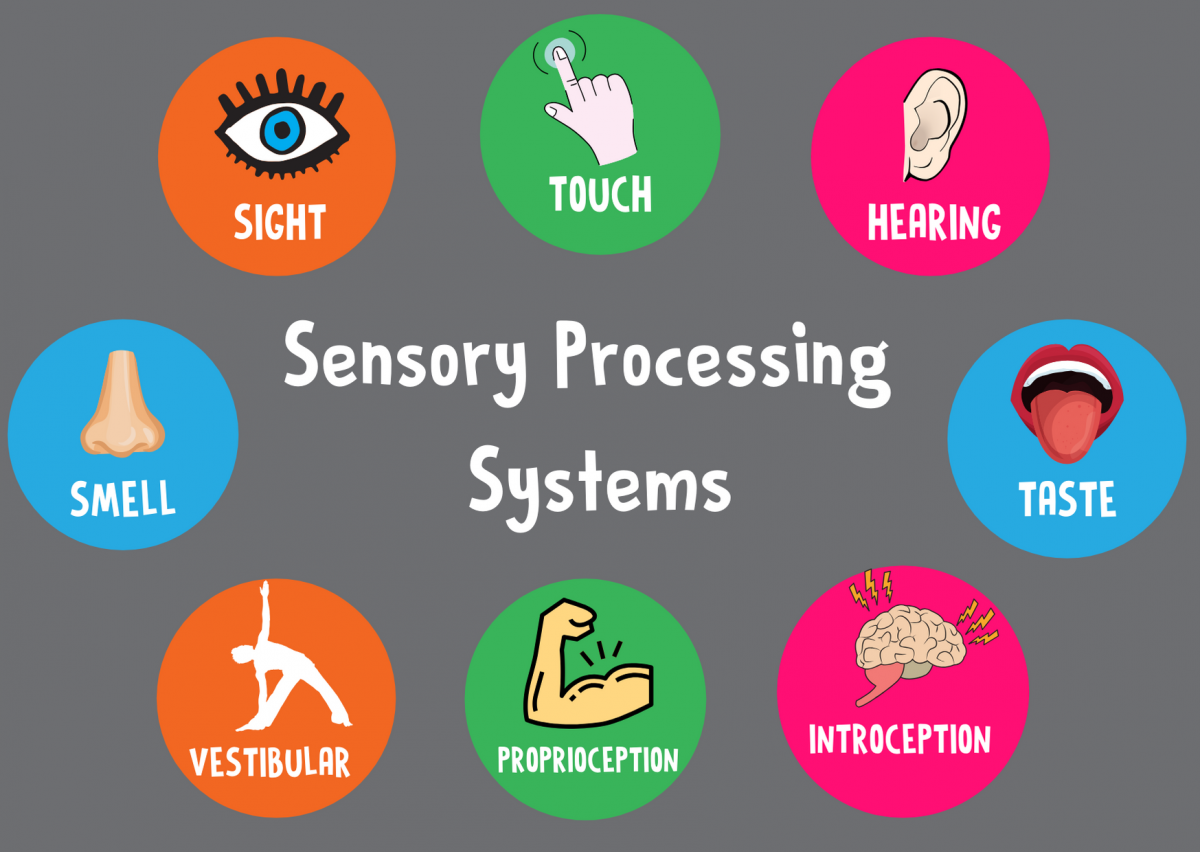Curriculum within The Ark
The curriculum offered within The Ark is:
- Designed individually for pupils - based on their needs, interests and EHCP targets/outcomes.
- Based on each individual’s developmental stage and next steps in learning.
- Ambitious and appropriate to each individual.
- Holistic and focussed on developing the whole child – including social skills, emotional literacy and life skills.
- Delivered in line with the whole-school curriculum vision – to develop vocabulary, knowledge of the world and understanding of people and places.
The Ark - Provision for pupils

Outdoor Learning Classroom
In September 2023, we opened our outdoor learning classroom. Nestled in the heart of our wooded grounds, our Outdoor Learning Provision enables pupils within the Ark to experience nature and the 'great outdoors' whatever the weather!
Some children with SEN find themselves feeling particularly stressed and uncomfortable away from the home environment. Having regular access to outdoor play - a fun way to expend energy - can help reduce their tension and anxiety. When challenging behaviours arise, moving outside for a simple change of environment can often make a big difference.
Exploring the world outdoors can help children with additional needs to overcome challenges and learn new skills, building their resilience, and boosting their self-confidence. And this in turn has a hugely positive impact on their mental health.
COMMUNICATION DEVELOPMENT

Whilst we do not advocate any specific picture communication tool, we are guided by your child's Education, Health and Care Plan (EHC).
Visual aids can support many areas of a child’s language and communication development. Listening and attention can be enhanced through these aids, enabling a child to keep their concentration and focus on something visual whilst listening to instructions. Understanding skills are also enhanced, allowing children the time they need to process what they are being asked to do. It is important that visual aids are not used to replace language, but used alongside it to aid communication.
SENSORY PROCESSING DEVELOPMENT

We have 8 senses that we use to process sensory information. There are 5 external senses that are well-known to all. These include the sensory systems whereby sensory information is received externally, from sources outside of the body, namely, sight, touch, hearing, taste and smell. There are 3 internal senses that are less well-known but just as important as the external senses. These include the sensory systems whereby sensory information is received internally, from sources within our bodies, such as bodily awareness (propioception), bodily movement (vestibular) and bodily basic functioning (introception).
We will:
- Continue to expose the children within The Ark to sensory experiences through play
- Further develop our knowledge of your child's sensory profile and needs
- Help the child to recognise their own sensory responses and develop ways of managing these.
- Work on sensory processing areas of difficulty with staff designing tasks/activities that enable pupils to work on these.
MEETING YOUR CHILD WHERE THEY ARE: The Engagement Model
Who is the engagement model for?
- It is a tool for pupils working below the Pre-Key Stage Standards at KS1 and KS2.
- Schools have to report which primary-aged pupils are being assessed using the engagement model.
- As it is a valuable way of recording what our pupils are learning it is also being used for some of our older pupils at Mason Moor.
- The engagement model is mainly for pupils based in The Ark class but also needs to be accessed by those pupils with more complex needs based in other mainstream classes.
What is the engagement model?
- It is an assessment tool used to measure both linear and lateral progress (and also in some cases the slowing of pupil performance).
- It is for pupils who are unable to demonstrate recognisable and specific skills, knowledge and understanding in English and mathematics.
- It does not replace our current curriculum which can be easily differentiated to meet the needs of all pupils while also allowing for them to be sufficiently motivated and stretched by the introduction of a range of topics and activities.
- It does not replace our current assessment and reporting systems but adds value to what we are already doing.
What are the benefits of using the engagement model?
- It uses a pupil-centred approach that focuses on abilities rather than disabilities.
- It supports with showing progress against the agreed outcomes in EHCPs.
- It promotes consistency and is a common language amongst those working with the pupil (including across schools).

